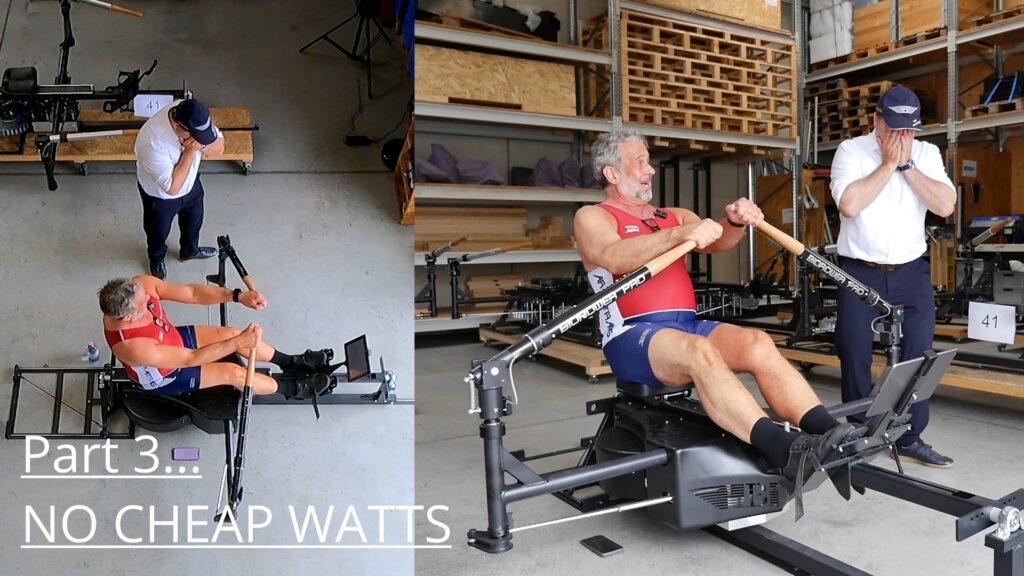
The Two Most Common Beginner Rowing Mistakes (and How to Start Fixing Them)
Whether you’re stepping into a boat for the first time or getting back on the erg after a long break, there are two technique habits that almost every beginner—and quite a few experienced rowers—struggle with:
- Bending the arms too early on the drive
- Losing control of the low back through poor knee-hip coordination
They seem small, even subtle. But together, they can rob a rower of power, rhythm, and long-term efficiency.
In the latest video with Doc Charley, we take a step back to look at what these mistakes really mean biomechanically—and how to begin correcting them, whether you’re on the water or training indoors.
🎯 Why Early Arm Bend Is So Common
Early arm bend often stems from a desire to “do something” immediately after the catch. It feels natural to engage the arms quickly—but that’s where things start to fall apart.
When you bend the arms too soon, you:
- Disconnect from the larger, more powerful muscle groups (legs and back)
- Compromise sequencing
- Limit stroke length and mechanical advantage
- Risk shoulder and elbow strain over time
What’s more, early arm bend gives you quick watts but not lasting power. It’s the rowing equivalent of sprinting in the first 5 seconds of a marathon.
🧍♂️ The Low Back Connection
The second mistake we discuss—poor control of the low back—often shows up on the recovery, or at the transition between recovery and drive. Instead of moving in a fluid, hip-driven way, the lower spine collapses or rounds forward, especially when the knees bend too early or the hips are locked out of the rhythm.
This is more than just posture—it’s about kinematic flow and how your body transfers force. When the low back collapses, energy leaks, rhythm breaks, and injury risk increases.
🔄 How to Start Fixing These Habits
Here’s what we suggest in the video:
✅ Let the arms hang through the early drive. Think of your hands as passive hooks. Focus on pushing with the legs while keeping the arms long and relaxed.
✅ Sequence the recovery intentionally. Let the hands lead, then the hips, then the knees. Practice this drill slowly until it feels natural.
✅ Develop awareness of the hip hinge. It’s not just about “sitting up straight,” but about learning how to control your upper body from the hips rather than the spine.
✅ Film yourself or get feedback. These issues are hard to feel but easy to see. Even a quick phone video on the erg can reveal patterns you didn’t realize you had.
🛠 Tools That Help
We recorded this episode using the @BIOROWER PRO – a high-end rowing ergometer that allows rowers to focus on stroke mechanics with accurate, real-feel feedback. Because it’s designed to simulate actual boat dynamics, it makes it easier to spot sequencing issues, especially in hip and arm coordination.
If you’re training indoors and want to translate that work to the water more directly, BioRower is a solid option—particularly for those focused on technique longevity, not just short-term fitness.
👥 Learn, Row, Improve
This is Part 3 of a multi-part series on the most common beginner mistakes. If you’re a coach, athlete, or passionate weekend rower, it’s worth following the full series to build a clear mental map of technique development.
If you want a more hands-on approach to fixing these habits, you can also check out my:
- 🖥 Online coaching and video analysis
- 🛶 Small group rowing camps in Austria
- 📦 Technique & training plans at AramTraining.com
🎥 Watch the full video here →
📩 Ask questions or join the community at Rowing.Zone
🔗 Related Resources:
- 🔧 Train with the BioRower PRO – Indoor rowing that feels like the boat
- 🧭 Join a coaching program – Structured training, personalized feedback
- 🗺 Rowing.Zone Classifieds – Buy/sell rowing gear, post services
Recommend0 recommendationsPublished in Learn to Row, Rowing Technique
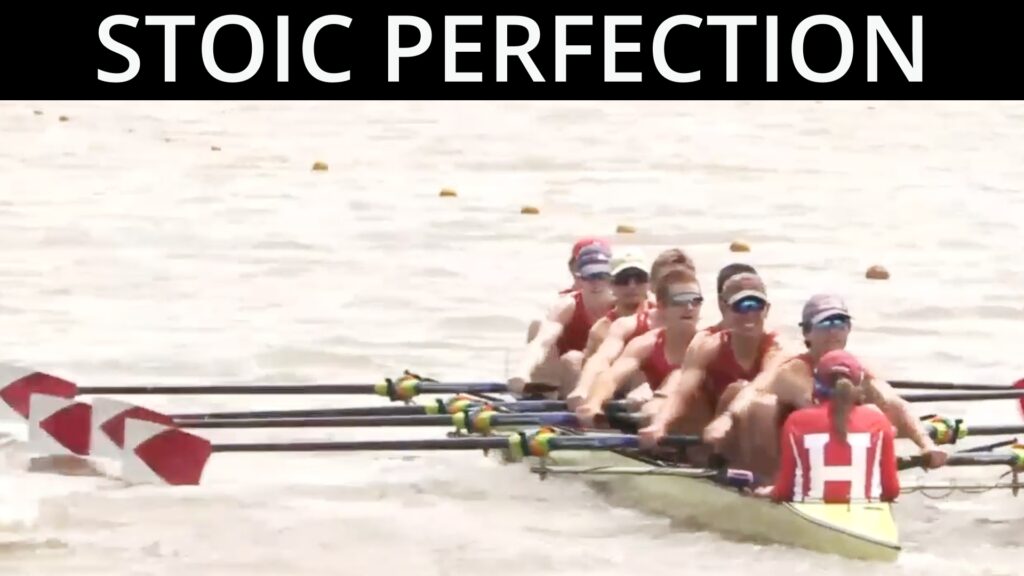
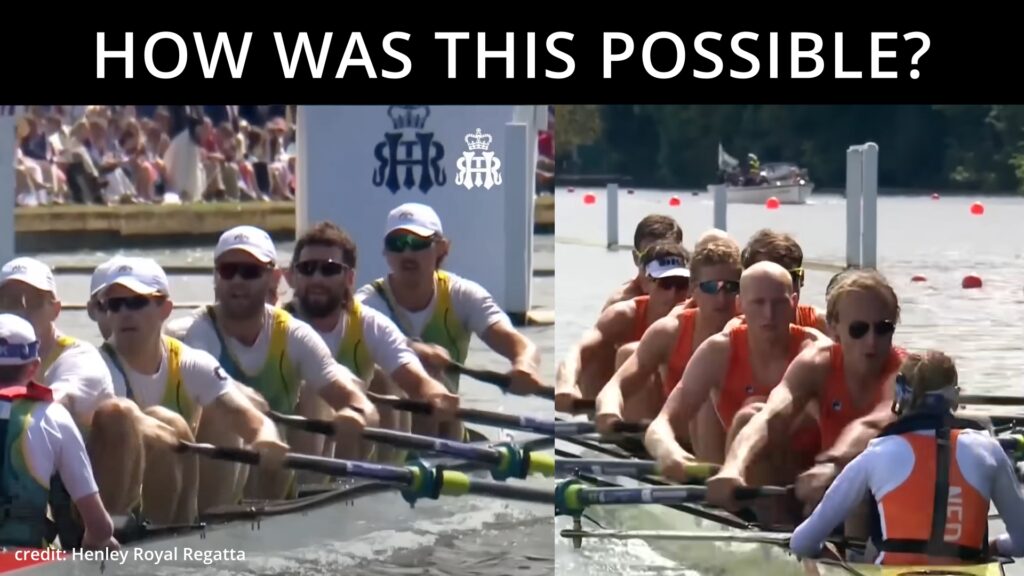
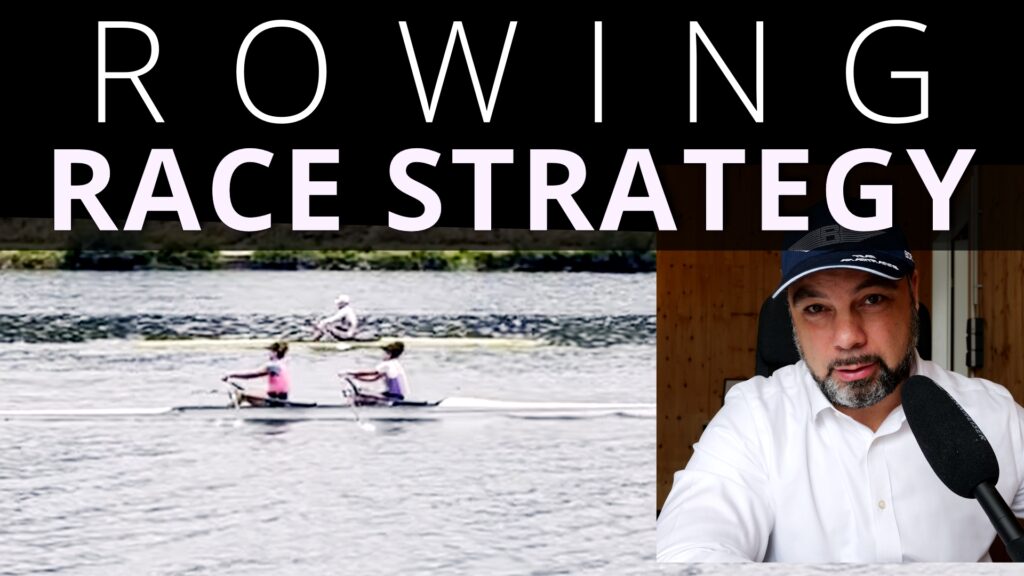

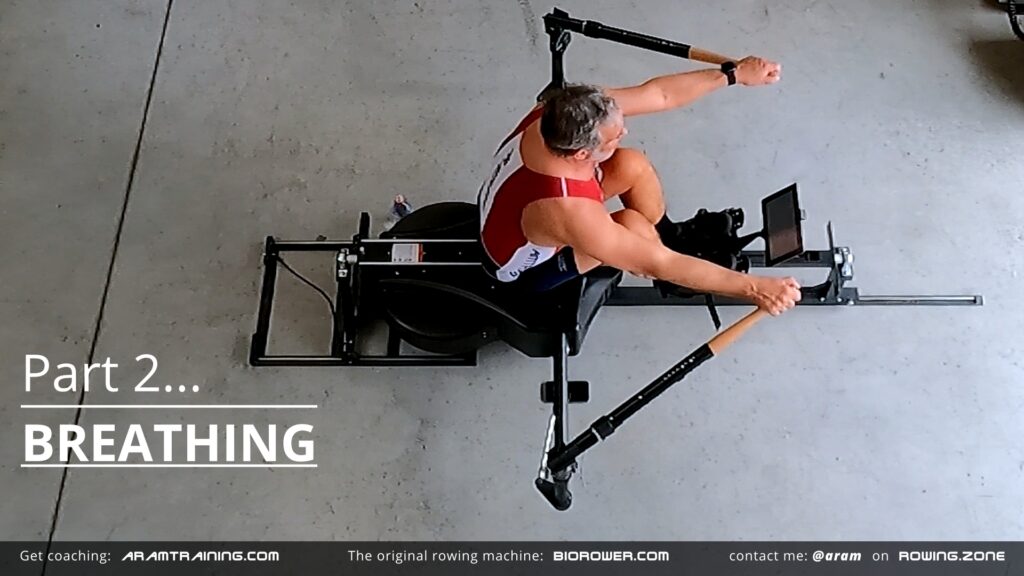
Responses